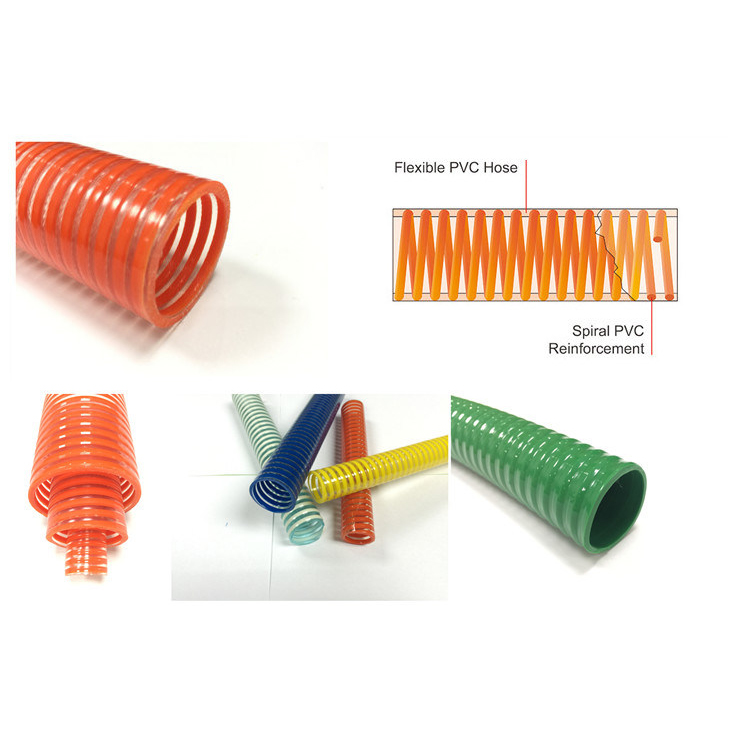transfer hose
Understanding Transfer Hoses The Unsung Heroes in Fluid Transportation
Transfer hoses play a crucial yet often overlooked role in various industries that require the movement of liquids or gases from one location to another. These flexible tubes, made from a variety of materials, are designed to transport everything from potable water to hazardous chemicals. Their significance lies in their ability to facilitate safe and efficient transfer processes, making them essential components in sectors such as agriculture, construction, oil and gas, food processing, and many others.
What is a Transfer Hose?
A transfer hose is typically a flexible tube that is used to convey fluids or gases. Unlike rigid piping systems, transfer hoses are designed to be portable and adaptable to different configurations. They can vary significantly in diameter, length, and construction material depending on the specific application and the properties of the materials being transferred. Common materials used in the manufacture of transfer hoses include rubber, PVC, polyurethane, and metal. Each material has its unique advantages, such as flexibility, strength, chemical resistance, or temperature tolerance.
Applications of Transfer Hoses
1. Agriculture In the agricultural sector, transfer hoses are essential for irrigation systems and transferring fertilizers and pesticides. Farmers rely on these hoses to ensure that water and nutrients reach plants efficiently without contamination.
2. Construction During construction projects, transfer hoses are utilized for pumping concrete and transferring water for curing. They help maintain the flow of materials and ensure that tasks are completed in a timely manner.
3. Oil and Gas Transfer hoses are vital in the oil and gas industry for transporting crude oil, fuels, and other petroleum products. These hoses are built to withstand high pressures and extreme temperatures, ensuring the safe handling of hazardous materials.
4. Food Processing In food manufacturing, transfer hoses must meet strict sanitary standards. They are used to move liquids such as juices, oils, and dairy products while minimizing the risk of contamination.
transfer hose

5. Chemical Industries Transfer hoses designed for chemical applications can handle corrosive substances and are critical for safe processing. They help prevent leaks and spills, which can have disastrous environmental and safety implications.
Choosing the Right Hose
Selecting the appropriate transfer hose for a specific application can be challenging. Factors such as the type of fluid being transported, the required pressure rating, temperature limits, and compatibility with various materials must all be considered. Additionally, the length and diameter of the hose must align with the system's needs. For instance, a hose used for transferring chemicals must be resistant to the specific substances it will encounter.
It is also essential to consider the environment in which the hose will be used. Exposure to ultraviolet (UV) light, extreme temperatures, and abrasive surfaces can all affect the performance and lifespan of a hose. Therefore, organizations must conduct thorough assessments and consult with suppliers to find the most suitable products.
Maintenance and Safety
Proper maintenance of transfer hoses is crucial to ensuring their longevity and maintaining safety standards. Regular inspections for signs of wear, kinks, or leaks can prevent accidents and costly downtime. Additionally, operators must be trained to handle hoses correctly to avoid damage or hazardous spills.
The importance of adhering to safety regulations cannot be overstated. Industries that use transfer hoses must comply with guidelines set by organizations like OSHA (Occupational Safety and Health Administration) and EPA (Environmental Protection Agency) to ensure safe operation and environmental protection.
Conclusion
In summary, transfer hoses are vital components in the movement of fluids across multiple industries. Their flexibility, adaptability, and the critical role they play in ensuring efficient and safe fluid transfer make them indispensable tools. A keen understanding of the various applications, proper selection, maintenance, and safety practices surrounding transfer hoses is essential for any industry reliant on fluid transport. By prioritizing these aspects, businesses can optimize operations, enhance safety, and minimize environmental impact, showcasing the importance of these often-overlooked tools in our daily industries.
-
Top Quality Oxy Acetylene Hoses for Sale Fit for Welding DemandsNewsJul.28,2025
-
The Future of Pneumatic Air Tubes in IndustryNewsJul.28,2025
-
Superior and Reliable LPG Hose Pipe Solutions for Every NeedNewsJul.28,2025
-
Exceptionally Durable and Versatile Premium Braided PVC TubingNewsJul.28,2025
-
Best Adapters for Connecting Garden Hose to PVC Pipe ConnectionsNewsJul.28,2025
-
The Essential Role of LPG Hoses in Safe and Efficient Gas DistributionNewsJul.16,2025














